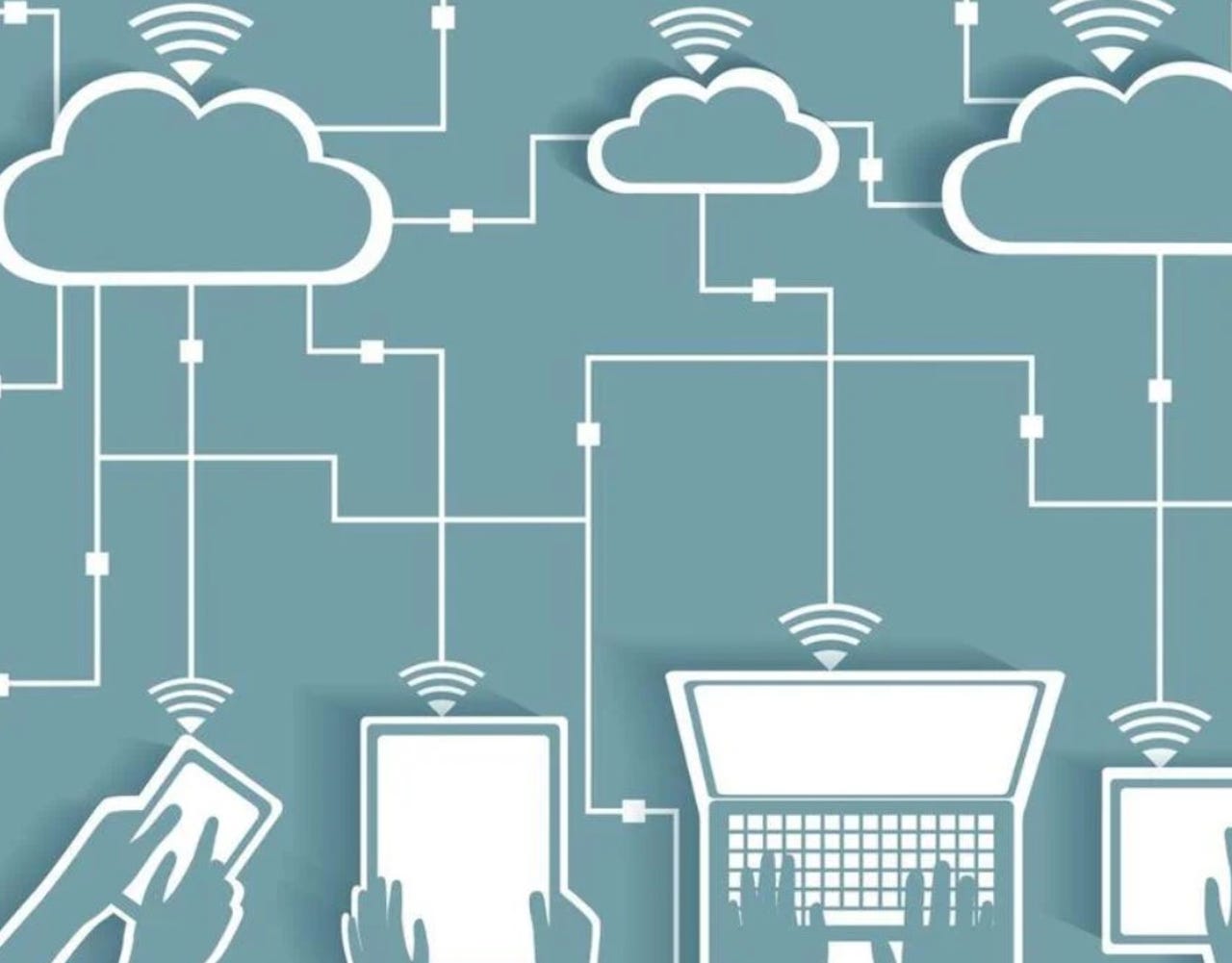What's next for the Microsoft Cloud


Cloud
Unsurprisingly, 2021 was big for Microsoft's cloud services. And 2022 is expected to be even bigger, with Microsoft, the No. 2 enterprise public-cloud provider, on pace to build 50 to 100 new datacenters per year.
But what, exactly, is the Microsoft Cloud? It's not a single SKU or service that customers can purchase. Nor is it synonymous with Azure. It's much more complicated and increasingly intertwined than that.
This past fall, Microsoft quietly renamed the bucket of services that its officials have been calling "commercial cloud" to "Microsoft Cloud." Many at the company already had been using this term, but as of the start of Microsoft's fiscal 2022, it's now officially part of its earnings terminology, as well. The Microsoft Cloud includes Microsoft 365/Office 365, Azure and the various Azure services, Dynamics 365, several LinkedIn commercial services, cloud-database and analytics services, Enterprise Mobility + Security, the various "online" versions of Exchange Server, SharePoint Server, and more.
In October, Microsoft reported that the Microsoft Cloud generated $20.7 billion in revenues for Q1 FY22, meaning it is on a roughly $80 billion annual run-rate pace. So even though you can't buy -- or subscribe to -- a "Microsoft Cloud" SKU, Microsoft sales and partners are aiming to sell users as many pieces of the Microsoft Cloud as possible.
What's likely coming to the Microsoft Cloud in 2022?
For one, the Microsoft Cloud is poised to get a new infusion from Nuance. Microsoft announced intentions to buy Nuance back in April 2021 for $19.7 billion. Nuance's business is currently largely healthcare-focused; its speech-recognition technology helps streamline the doctor-patient interaction process. Microsoft officials have said that Nuance's tech would make a good fit for many vertical industries beyond healthcare if and when the deal clears antitrust regulation hurdles (expected in calendar Q1 2022). Maybe that new Dynamics Contact Center bundle would dovetail nicely with Nuance, as well....
Speaking of verticals, I'm expecting Microsoft to turn up the sales pitches for its vertical/industry clouds. These industry clouds are bundles of Microsoft 365/Office 365, Azure, Dynamics 365 and various templates and application programming interfaces tailor-made for vertical markets like healthcare, retail, finance, manufacturing, nonprofits and more.
Microsoft watchers who've been at this for a while may remember Microsoft's old "Better Together" campaigns, via which Microsoft tried to convince customers that they'd have the best computing experience if they used a Microsoft-centric stack of products that worked "better together." This is basically what officials are trying to achieve with vertical clouds. Industry-specific bundles also help upsell products like Dynamics 365 and Power Platform that might not be first and foremost in customers' minds when signing licensing deals.
On the Azure front, Microsoft also will be working to sell customers on the idea that its work in up-and-coming areas like Azure Quantum, Azure for Operators (telco) and Azure Space (for those using satellite imagery and services) -- along with its federal cloud work -- are all interrelated and mutually beneficial. A couple of months ago, Microsoft reorganized (again) its Cloud + AI business unit and created a new single Strategic Missions and Technologies Team that is meant to use "learnings" (a favorite Microspeak term these days) from each of those businesses in building digital solutions in the others.
I'm thinking 2022 might also be when we finally start seeing Microsoft's MetaOS strategy manifest as new 'modern workplace' products and services. Sources said a year ago that Microsoft was working to bring together Microsoft Graph, Microsoft Search and Fluid Framework -- coupled with building blocks that have become core to its Office suites like Whiteboard, Planner, Lists, ToDo -- to create a "MetaOS" platform for work and play. (MetaOS has nothing to do with the metaverse, in case you were wondering, but has everything to do with Teams, Outlook and the rest of Office.)
AI will undoubtedly be a key and oft-referenced component of Microsoft's MetaOS plans and platform, as it will also be for Azure. Microsoft increasingly has been pushing its take on "AI at Scale." At Microsoft, AI at Scale is meant to provide customers access to large-scale AI models, cognitive services and supercomputing resources, all in the form of Azure services.
And Microsoft will no doubt keep banging the data platforms and services drum in 2022 as another area where officials think it can grow the Microsoft Cloud. Keep an eye on Microsoft President James Phillips' Digital Transformation Platform Group -- another place where Microsoft will be pushing the full-stack integration story, not just with the aforementioned industry clouds, but also across Dynamics 365, Power Platform, Azure AI Platform, Azure Data Platform and Azure IoT Platform.
"Better together" is back, baby. And Microsoft will be selling the heck out of the concept with its growing family of Microsoft Cloud services in 2022 and beyond.